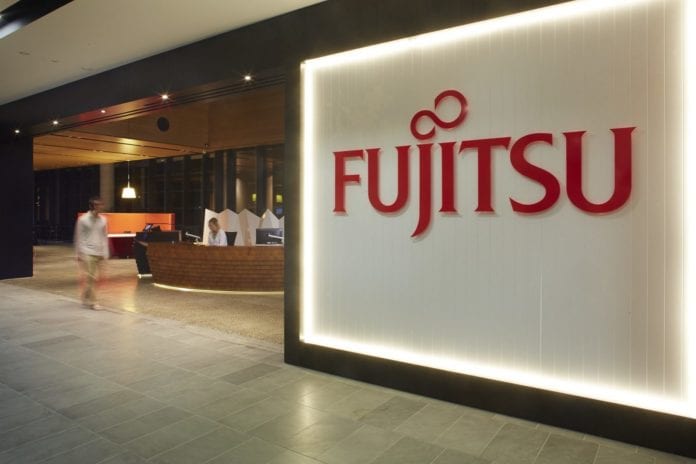The Japanese company aims to launch its new 5G vRAN solution by the end of fiscal 2022
Fujitsu announced that it has successfully developed new software virtualized radio access network (vRAN) technology with support for 5G Standalone (SA).
In a release, the Japanese company said it will offer the new software for verification by telecommunications carriers beginning in March.
By leveraging Fujitsu’s AI and quantum-inspired “Digital Annealer” technologies to optimize computing resources, the newly developed vRAN technology addresses one of the key challenges of conventional vRANs, delivering high-performance with low-energy consumption, the company said.
Fujitsu estimates that this approach offers the potential to reduce overall system CO2 emissions by 50% or more compared to conventional base station systems by 2025.
Moving forward, Fujitsu plans to deploy this vRAN technology globally, offering support to telecommunications carriers working to reduce their carbon footprint.
“In recent years, advances including performance improvements in general-purpose CPUs and the virtualization of wireless signal processing and control technology have opened an exciting wide range of new possibilities for technological innovation in communications, including the appearance of vRAN technology. The introduction of vRANs composed of general-purpose servers, which don’t require the costly development of specialized hardware, is currently drawing attention as an attractive alternative to conventional base stations,” the company said.
“Despite their promise, existing vRAN technology continues to face barriers to wider adoption. For instance, vRANs that are not configured with dedicated equipment tend to have lower performance efficiency than conventional base stations. To maintain the same performance, more hardware must be built in, resulting in higher environmental loads in areas like power consumption. In terms of stability and redundancy, there have also been cases in which conventional vRANs cannot sufficiently guarantee carrier-grade communication quality,” Fujitsu added.
Fujitsu noted that its new vRAN technology supports 5G SA and conforms to O-RAN specifications.
Fujitsu has developed its own dynamic resource allocation technology that reduces excess resources and power consumption by making it possible to flexibly adjust the computing resources of servers needed for operations according to the usage status (traffic volume) of base stations, which varies with region and time of day.
“In addition to using AI to predict future traffic fluctuations, this system leverages Fujitsu’s quantum-inspired Digital Annealer computing technology to enable optimal allocation of computing resources by rapidly solving problems that are difficult to solve with today’s general-purpose computers. By using the superior combinatorial optimization capabilities of the Digital Annealer, it is possible to derive the optimal connection destinations from the various combinations of radio units (RU) and vRANs (Central Unit / Distributed Unit) in environments where radio waves from many base stations overlap,” Fujitsu added.
By the end of fiscal 2022, Fujitsu plans to start offering this technology as a service on a global basis.
In August 2021, Japanese companies NEC and Fujitsu have begun developing technologies for interoperability testing between 5G base station equipment conforming to O-RAN specifications at NEC’s U.K. laboratories and Fujitsu’s U.S. laboratories.
Both companies are expected to build a verification environment using these technologies in their respective laboratories, starting this month, and begin interoperability testing.
The partners noted that this initiative will be implemented as part of the “Post 5G Infrastructure Enhancement R&D Project” under the New Energy and Industrial Technology Development Organization (NEDO) of Japan.
Through this initiative, NEC, Fujitsu, and NEDO will accelerate the global reach of base station equipment that conforms to O-RAN specifications.

